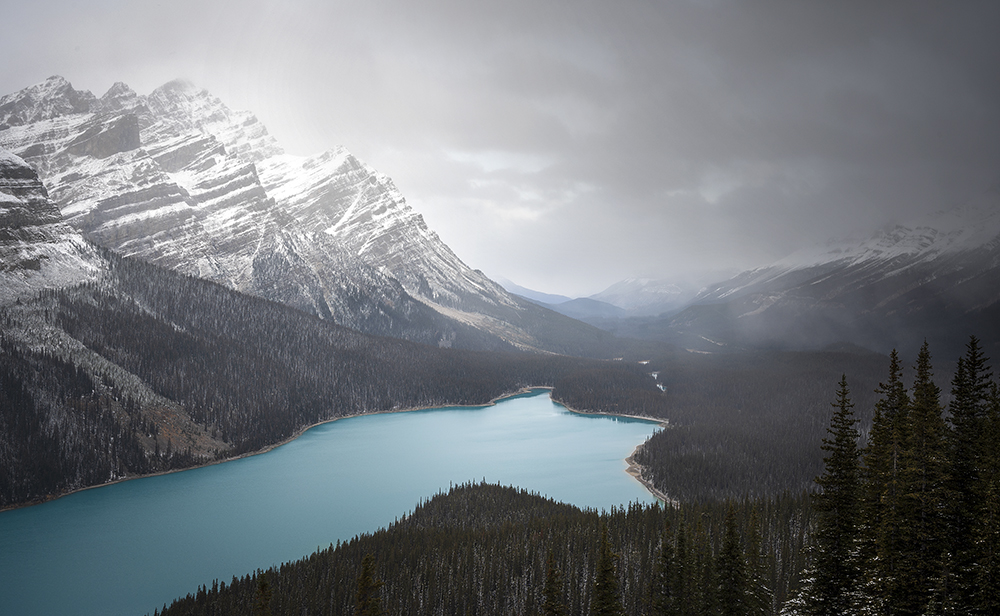If you want to experience the lifestyle of a Swiss ski hamlet but don’t want to spend the money on a trans-Atlantic flight, Banff is a great alternative. Because of its location in the heart of the Canadian Rockies, close to the southeastern border of Banff National Park – Canada’s first national park – excursions here will cut not only your flight time but also your expenses from the United States (although just marginally).
Banff, Canada caters to daring adventurers who would rather stay in a luxurious hotel than rough it in the campers at the end of the day (though there are plenty of those, too). There are numerous opportunities for adventure here, so choose your sport wisely. Snowboard down Mount Norquay, trek to the Hoodoos, scramble up the face of Stoney Squaw Mountain, or cycle along Healy Creek. Retire to your lovely (and toasty) resort when you’re fatigued, and refuel with a large portion of bison meat.
Where To Go And What To See In Banff?
Lake Louise
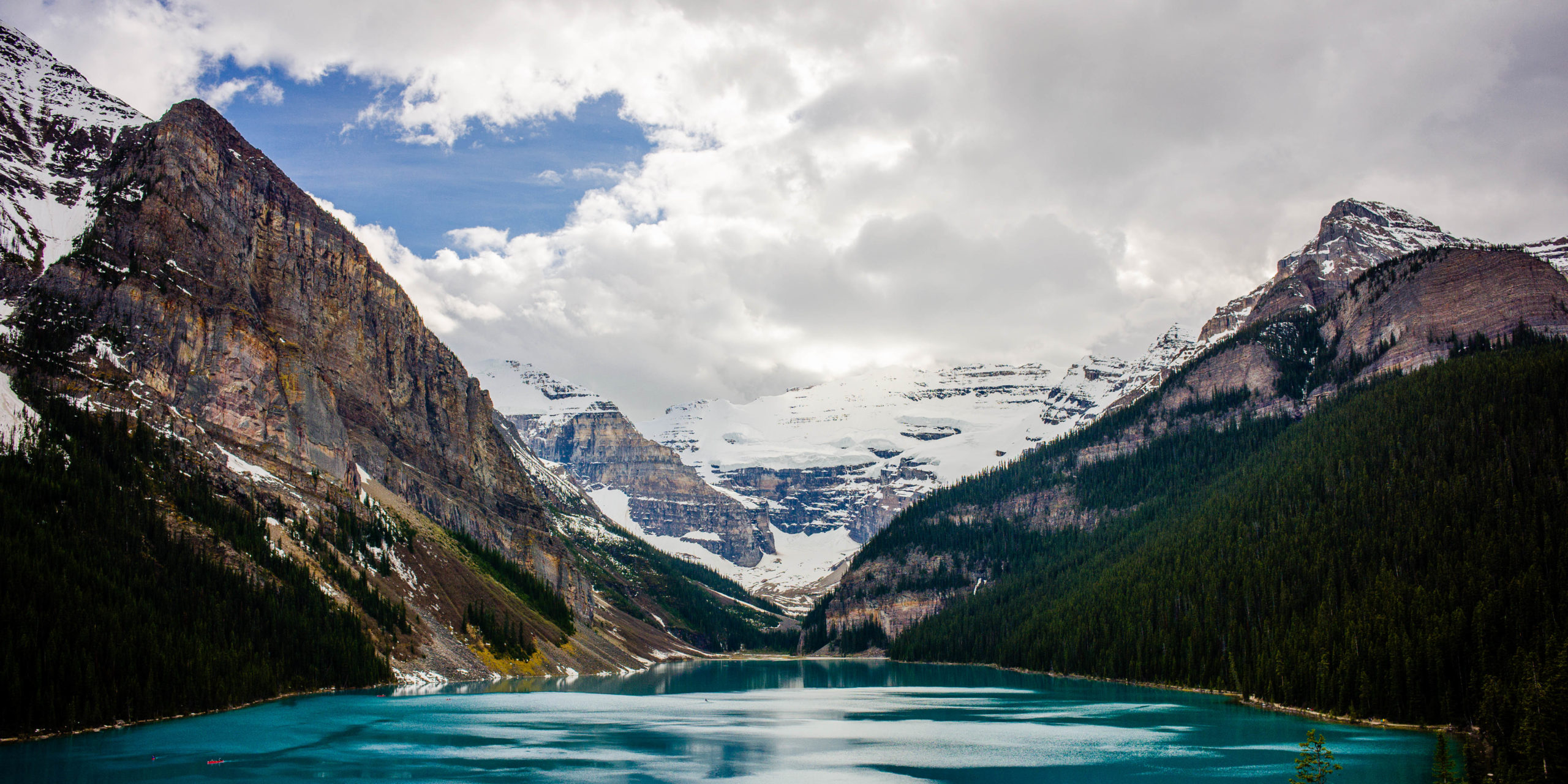
Lake Louise is truly a greatest part of Banff, Canada. It was once known as Laggan Station, and used to be a remote outpost at the terminus of the Canadian Railroad. Today, the town, lake, and surrounding area provide some of the world’s best hiking, skiing, and sightseeing opportunities. By late May, Lake Louise and Moraine Lake are usually completely melted. The hiking season in the Alps begins in late June. Some of the most exhilarating spots in the Canadian Rockies are right outside your door.
The Town Of Banff
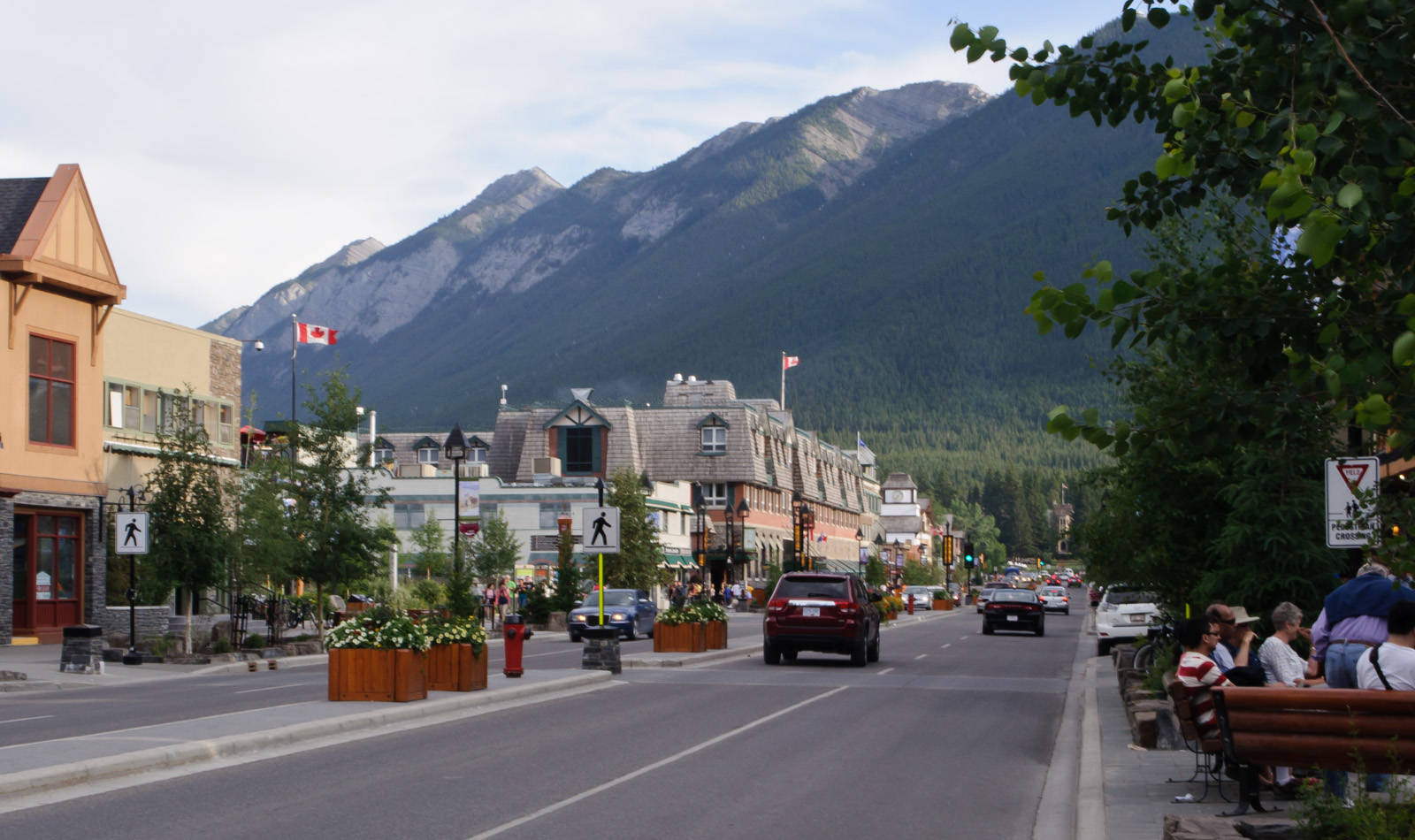
The town of Banff is a vibrant place full of adventure and enchantment. Stunningly gorgeous and jagged mountains that seem to rise out of the ground will be surrounding you here. During an early morning jog, you might encounter a herd of deer roaming down the main street. Downtown’s bustling streets are dotted with high-end restaurants, bars, and boutiques, as well as a diverse collection of museums and art galleries. Every day, the town of Banff provides you with a plethora of opportunities for relaxation and adventure.
National Historic Site Of The Cave And Basin
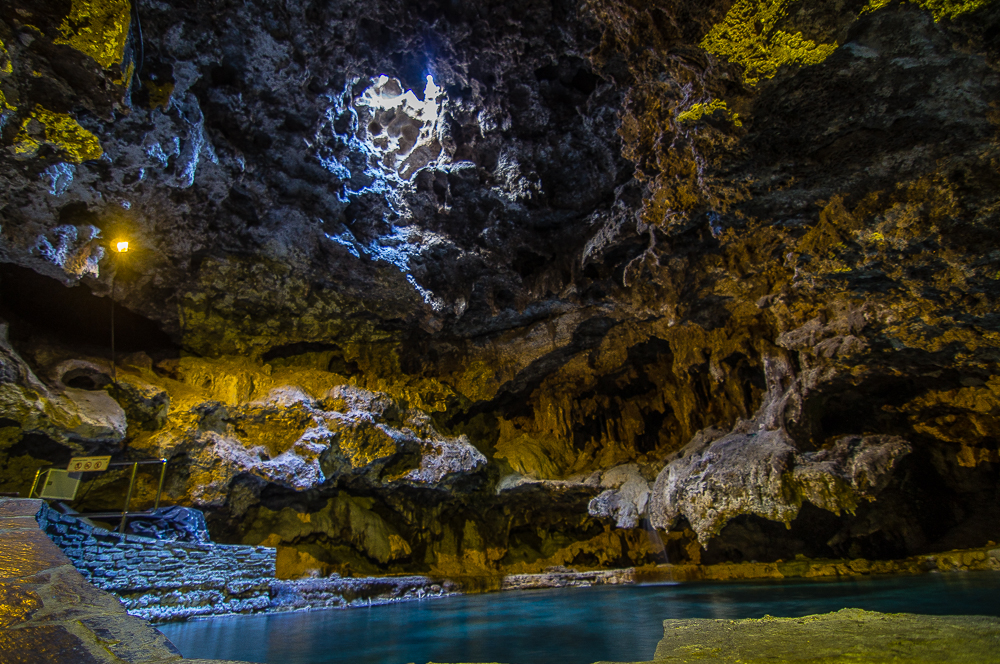
After three railway employees discovered a cave full of “liquid gold” in 1883, Cave and Basin became the genesis of Canada’s National Park system in the early 1900s.
Visit this interesting place with over 13,000 years of recorded history. Here, you’ll be able to wander inside a stunning subterranean cave and marvel at its natural beauty. Discover about the foundations of the area’s hot springs while enjoying nature, culture, and history. You can even dip your hands in the steaming mineral waters.
Johnston Canyon
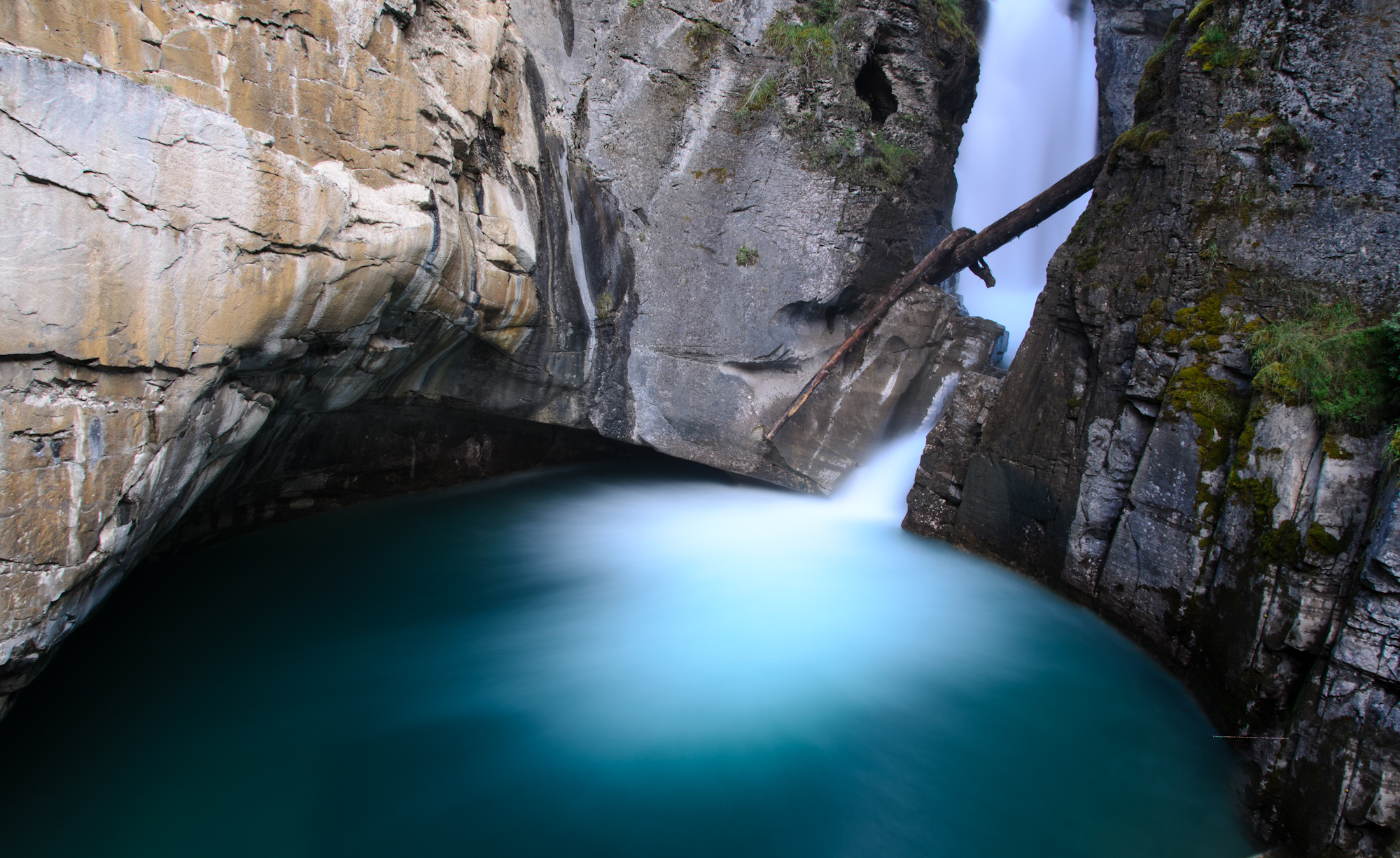
Johnston Canyon, another of Banff National Park’s most popular day hikes, is located half an hour from the town of Banff. Its convenient position near Highway 1A, and also the natural splendor of Johnston Creek and its cascades, make it a popular tourist and trekking destination. As the river gushes and lurches through the canyon, you will be able to experience its power.
Upper Hot Springs
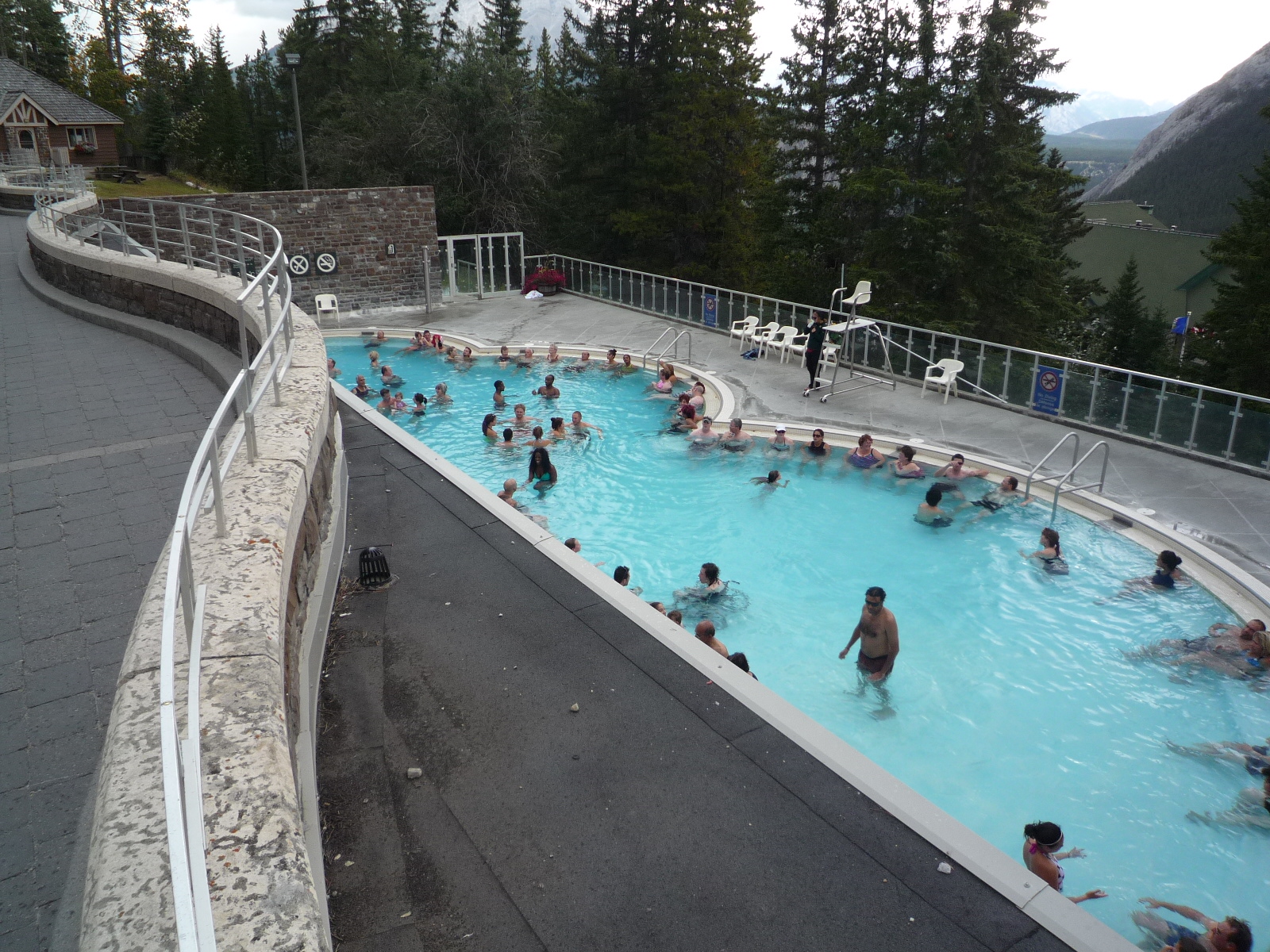
Soak in the steaming hot mineral springs, where visitors have been coming for much more than a hundred years to “take the waters.” Upper Hot Springs is a popular swimming pool with water from natural hot springs. The springs, which are set down near Banff on the slope of Sulphur Mountain at the height of 1,585 meters, provide a stunning view of the Bow Valley. The greatest time for a completely soothing session is first thing in the morning!
Gondola To Sulphur Mountain
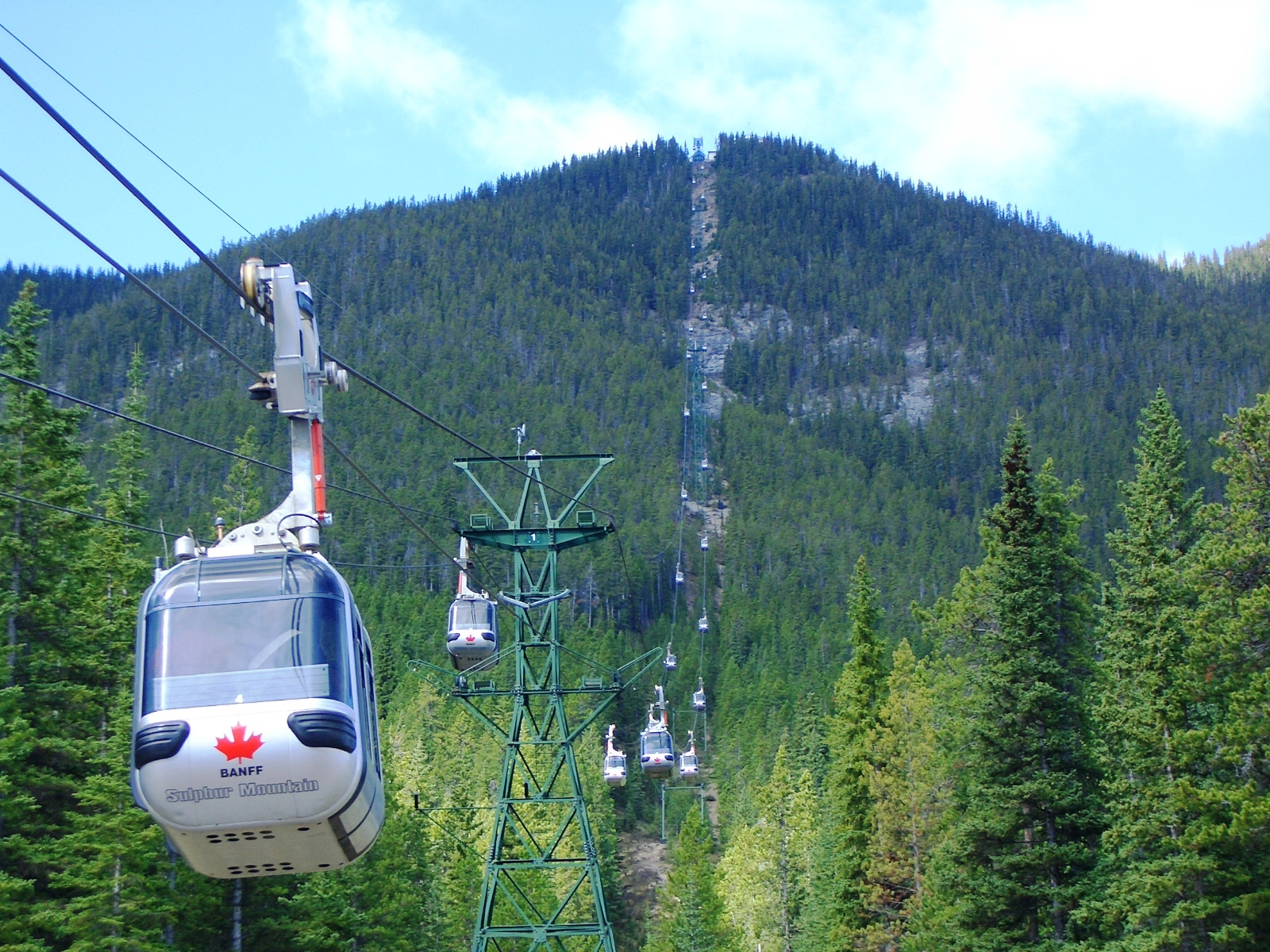
In just 8 minutes, the Banff Gondola will transport you to the peak of Sulphur Mountain. The mountain is at an altitude of 2,281 meters, where you will be treated to breathtaking mountain vistas. Take in the 360-degree vistas from the viewing deck or trek along the Ridgetop Boardwalk, where the views improve with each step. We recommend you to ride the Gondola around 11 a.m. or maybe after 5 p.m. during the peak season to avoid the crowd.
How To Get Around Banff
Rent a car to get to Banff, Canada. It’s the finest method to visit the national park and go to places that are difficult to reach. Bare in mind that you’ll need to pay $9.80 CAD for a Park Pass for entering Banff.
Bike: For $30 CAD per day, rent a bicycle through your hotel or around town. Drop by the Hoodoo Lookout, Vermilion Lakes, and pedal the Sundance Canyon Access Road on your way down Banff’s picturesque trails.
Banff offers a public bus system that connects all of the town’s major attractions. You can also take the bus Route 6 to see attractions like Cascade Ponds and Lake Minnewanka, which are further away. You can also purchase a one-day shuttle pass.
Places To Stay At In Banff
Traveling is all fun and adventure but not very easy on the pocket. You’d want to save the maximum of your money and opt for the most reasonable yet comfortable places.
Here are a few Hotels that offer the most reasonable prices and comfortable stays in Banff, Canada:
Royal Canadian Lodge Banff (ranging from 130$-160$)
Guests have praised the hotel’s central Banff location, which is near to the restaurants and activities that the little ski town has to offer. Even with all of the tempting options available outside the hotel, travelers find reasons to stay. The rooms are spacious and pleasant, with minibar and queen- or king-sized bedding; the premier, deluxe, and executive suites even include a gas fireplace.
Moose Hotel & Suites (ranging from 170$-200$)
While the hotel’s name may elicit a tiny chuckle at first, guests will discover that the hotel is much more than its very Canadian character (though you will find it almost everywhere). The Moose Hotel & Suites is lauded for a variety of qualities, including its comfortable accommodations, first-rate services, and convenient location in Banff, Alberta.
Fairmont Chateau Lake Louise (ranging from 250$-280$)
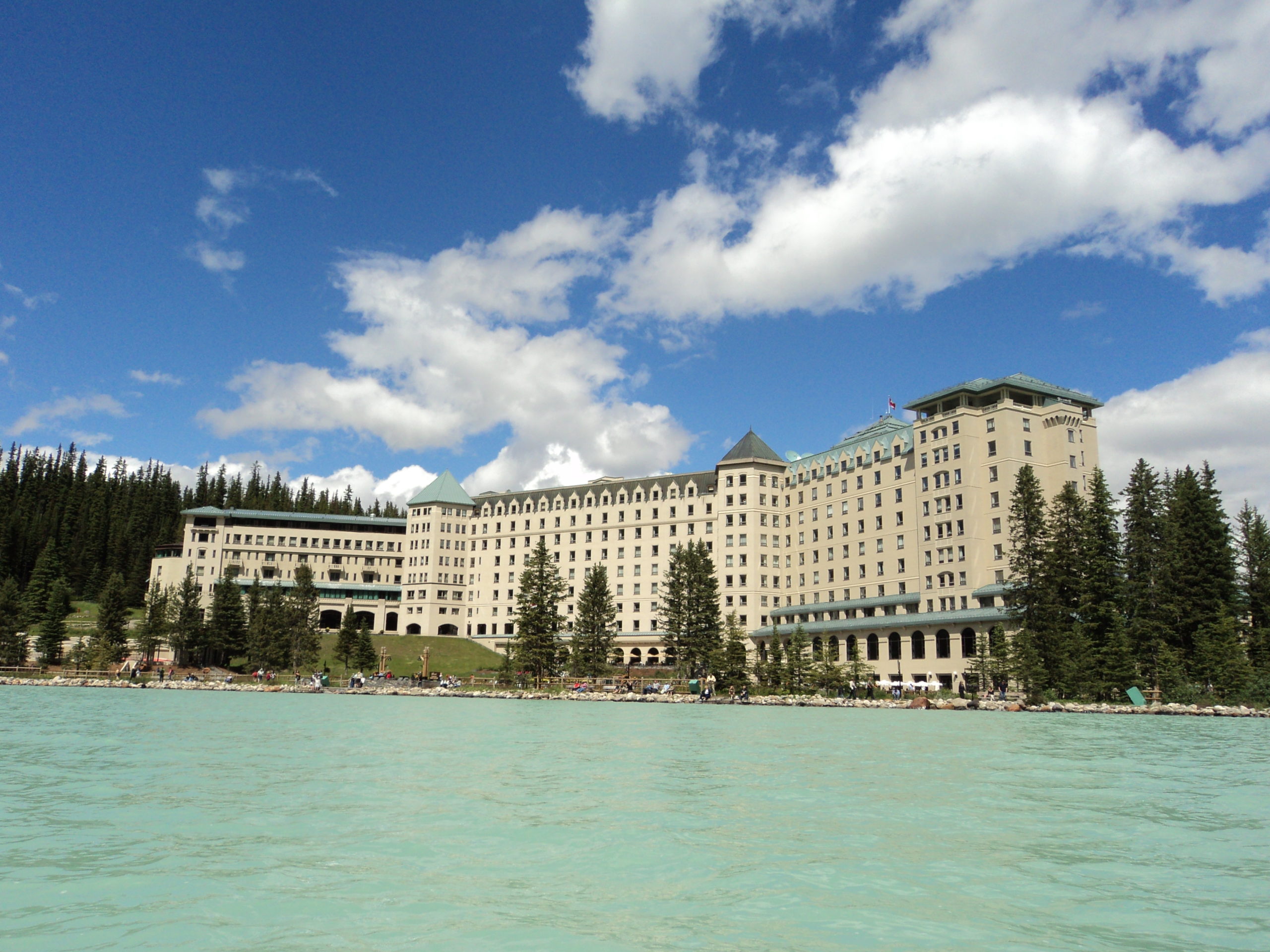
While this hotel may not have the most reasonable charges but the views and comfort is certainly worth the price. The stunning surroundings of this resort in Banff National Park fascinate all guests. Inside, guests will find accommodations with flat-screen televisions and coffee makers, among many other facilities. The majority of recent guests recommend upgrading to a lakeside suite, stating that the increased charge is well worth the cost and luxury with breathtaking views.
Which Restaurant To Go To?
Banff’s Artisan Bakery Café With Wild Flour
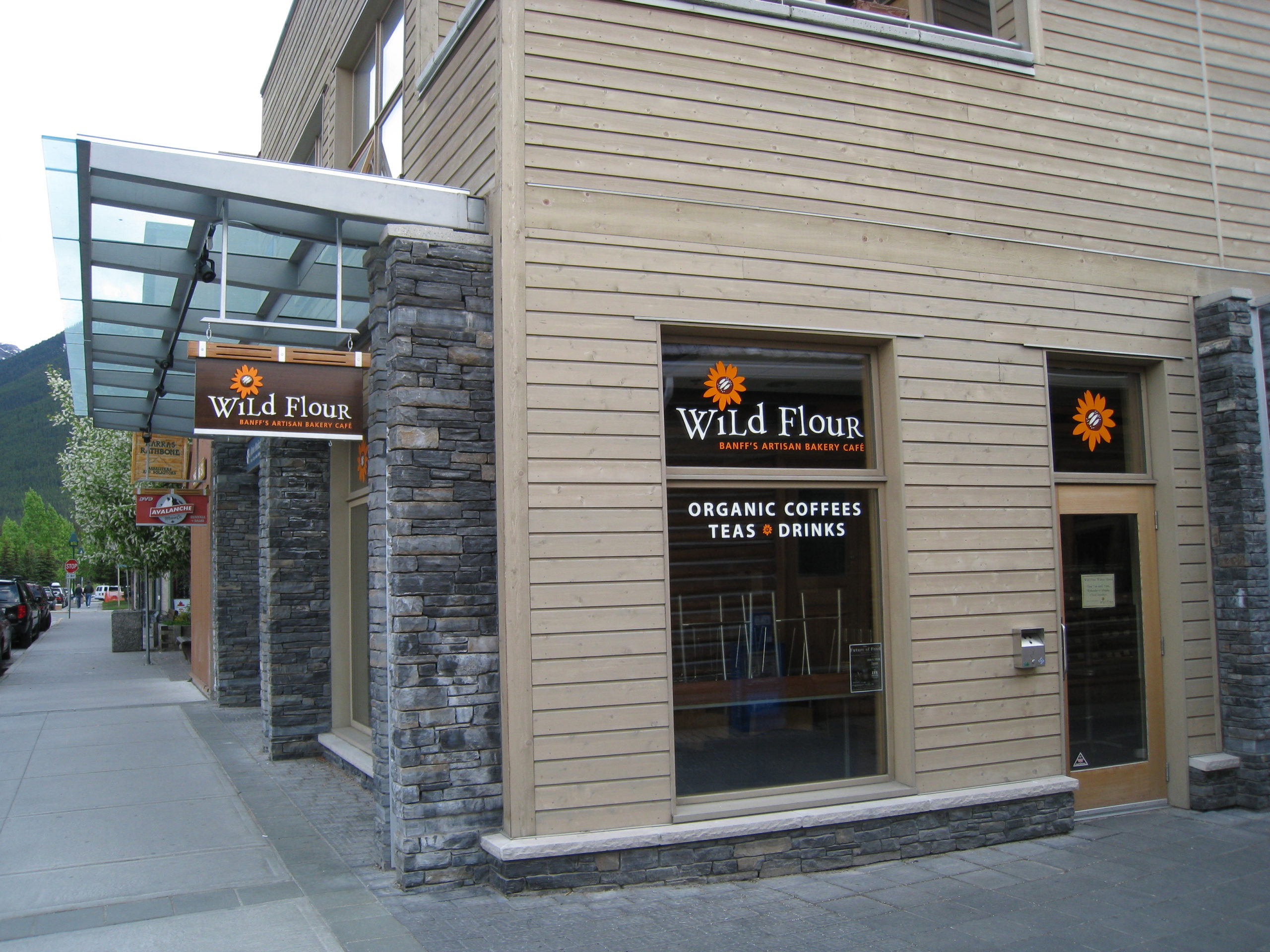
Locals and travelers alike frequent this lively bakery. It offers exceptional value for money and is available for breakfast and lunch. Customers come for the handmade bread, fresh-baked pastries, and organic, locally sourced, healthful, and nutritional meals. With a good cup of coffee, try the breakfast frittata sandwiches or the housemade granola. Lunch will tempt you with a delectable selection of fresh soups, salads, and sandwiches.
The Juniper Bistro
One of Banff’s finest breathtaking views is from the Juniper Hotel restaurant. For the finest potential views, request a seat next to the window, a large glass, or on the terrace. Smoked duck breast, beef, lamb, and fish meals are among the items on the menu, which are all created with fresh local ingredients. At every meal, there are vegetarian and gluten-free choices. The Juniper Bistro is ranked among Canada’s top 100 restaurants by Open Table.
Eden
Eden is one of the very five 5-diamond restaurants in Canada, and it is located within the Rimrock Resort Hotel. Enjoy carefully made French cuisine flavored with natural local ingredients at one of Banff’s best dining establishments. Dinner takes almost 3 hours. You’ll need to make reservations before you pay them a visit.
The Best Time To Travel
Banff is a terrific place to visit any time of year. But, if you’re not a winter aficionado, the best time to visit is from mid-June to mid-October.
The warmer weather of July and August are, of course, the busiest tourist months. The fall season gives Banff National Park a golden glow, and hiking to see all the Larch trees in the fall is a very other experience. Banff is a winter sports enthusiast’s dream, and you can count on a Winter Wonderland here.
How Long Should Be Your Visit?
The amount of time you set aside for your Banff visit will likely be determined by your wallet and interests. If you can, spend at least two days at Banff and Lake Louise. To actually Do the real Banff, you’ll need five days to do things like hiking and kayaking in the summer and snow sports in the winter.

